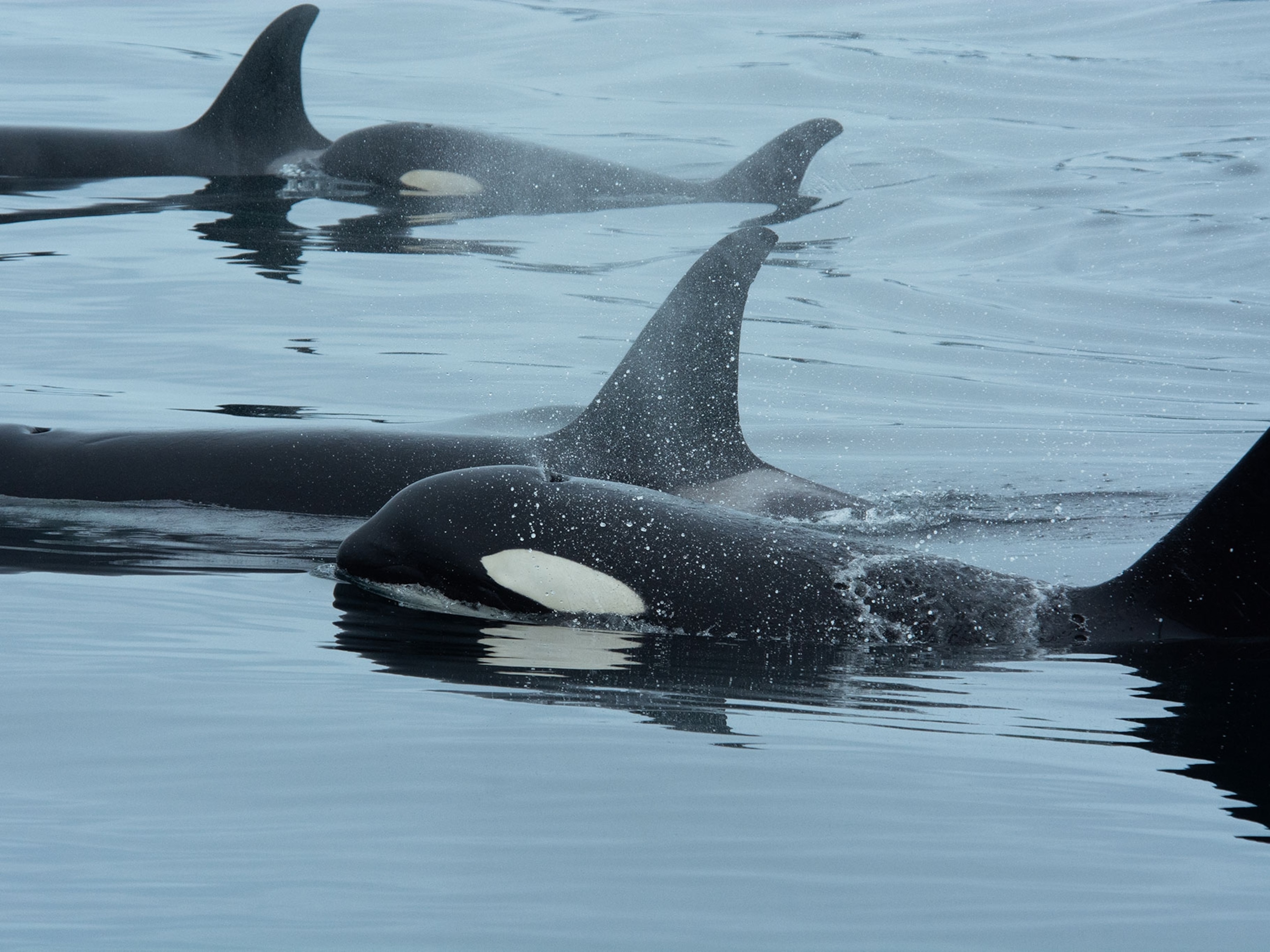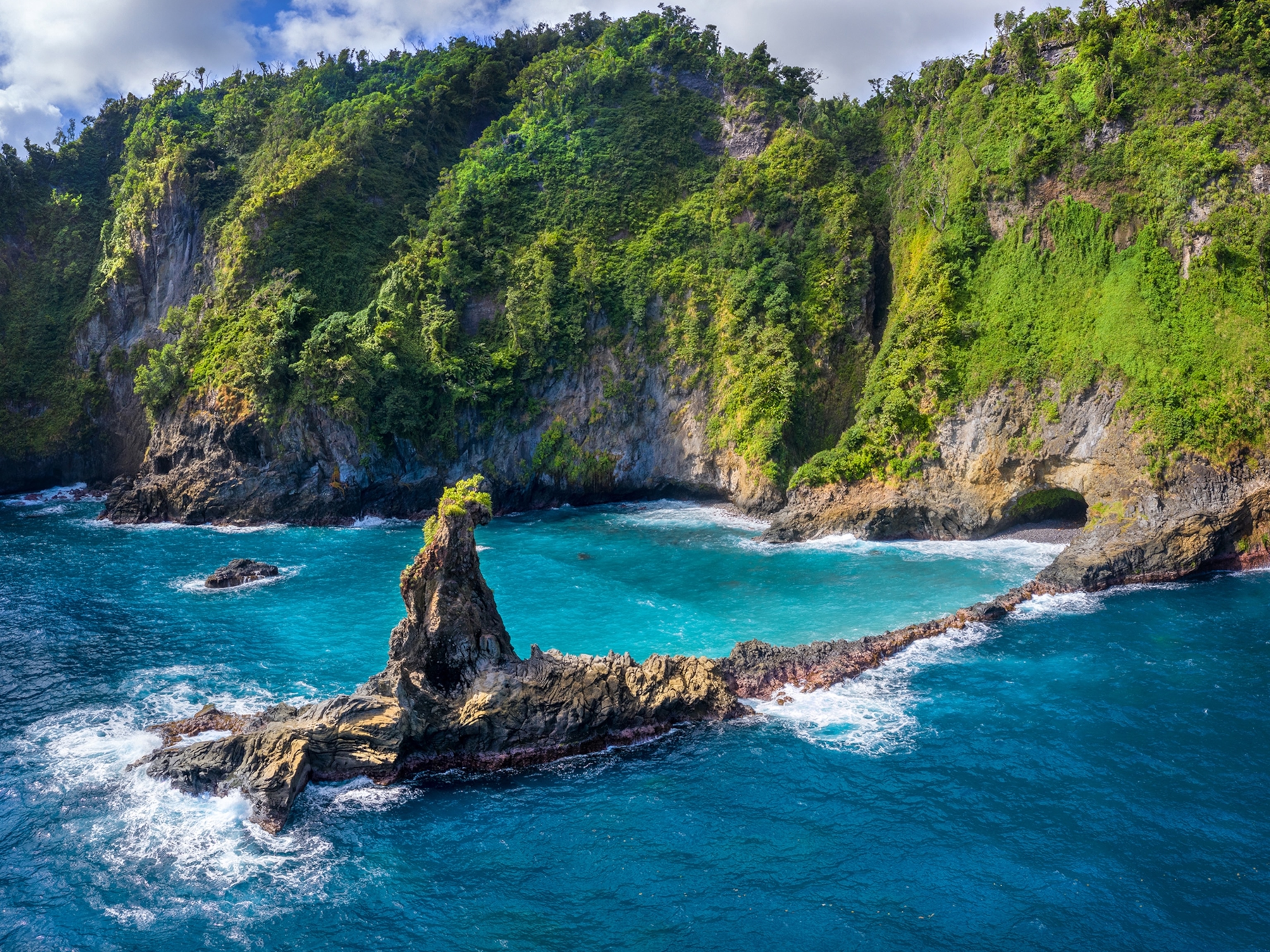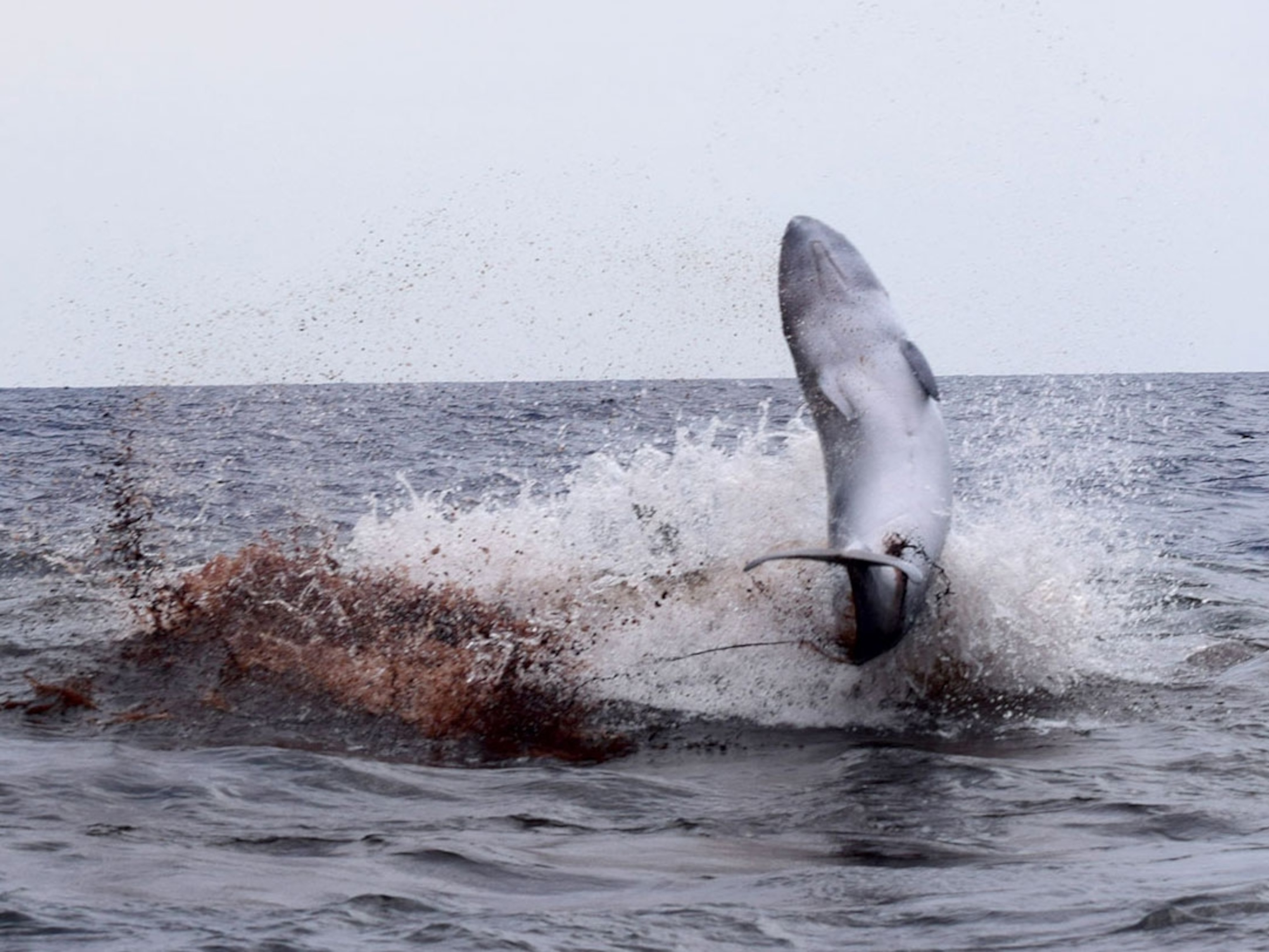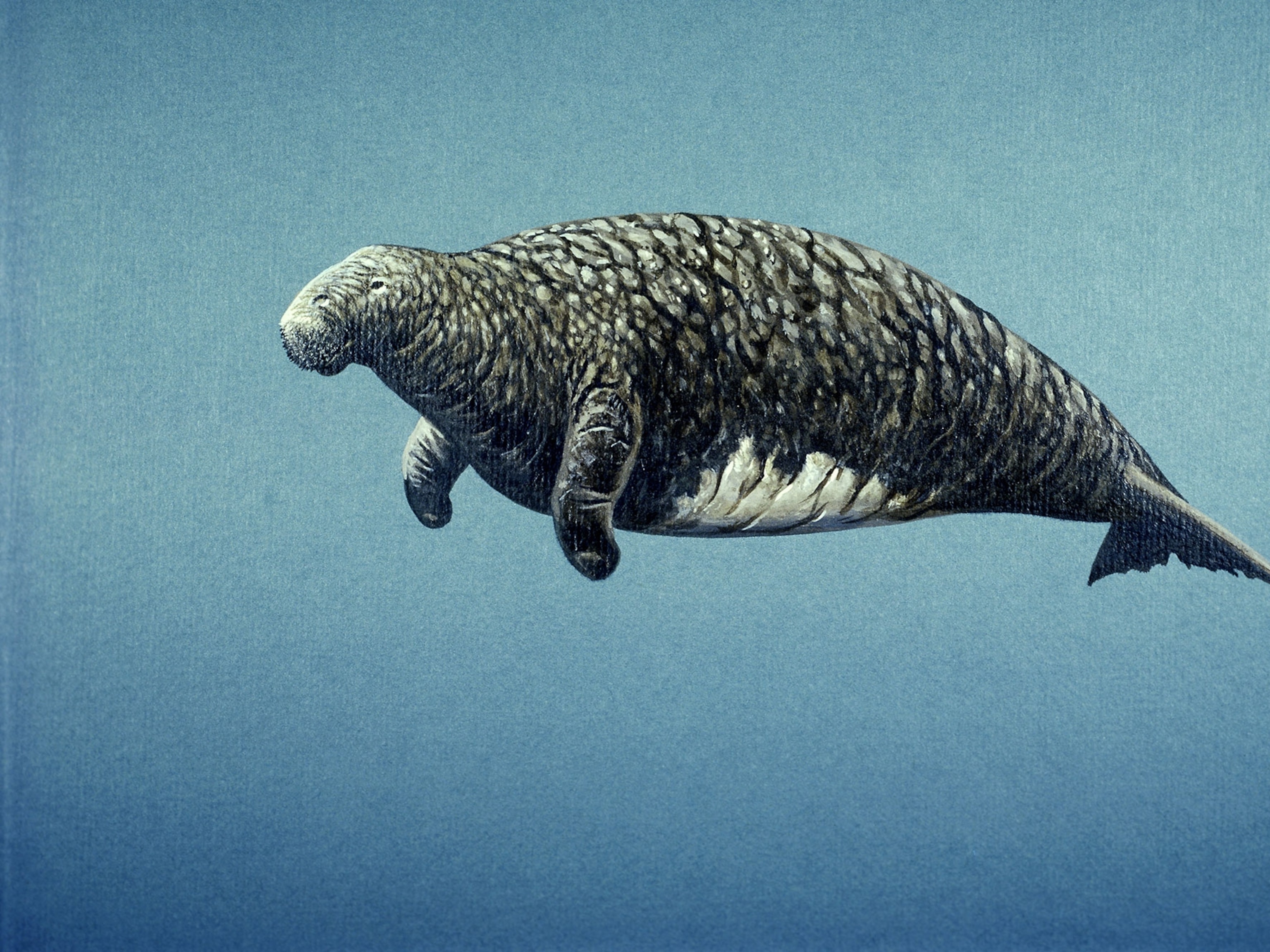Dive Into the Wildlife-Rich Waters of the Galápagos
Discover the “living laboratory” that inspired the work of Charles Darwin.
The Galápagos Islands are located 620 miles (1,000 kilometers) from the South American mainland but a world apart from anywhere else on Earth. The archipelago and its surrounding waters, located where three ocean currents converge, are famed for the unique animal species that piqued the interest of Charles Darwin in 1835. Decades later Darwin drew on his experiences here when penning his landmark theory of evolution by natural selection.
The actively volcanic islands are home to fascinating creatures found nowhere else on Earth, including marine iguanas, giant tortoises, flightless cormorants, and a diverse variety of finches. Darwin noted that although all of the islands shared similar volcanic compositions, environment, and climate, each isolated isle was home to its own set of unique species. Darwin suspected that these species had adapted to a unique diet and the microenvironment of their locale.

Most exciting for visitors is the lack of fear and even curiosity with which the Galápagos animals typically regard humans. Incredible, up-close encounters are the norm here. And while the islands are a living laboratory of evolutionary change, their ecosystems have remained remarkably unchanged. Some 95 percent of the islands' pre-human biodiversity remains intact—a remarkable figure. But even this paradise hasn’t remained totally pristine.


Threats from high levels of poorly regulated tourism (the islands welcome some 100,000 annual visitors), overfishing, and the introduction of invasive species landed the site on the List of World Heritage in Danger in 2007.
But this first of all World Heritage sites has experienced some positive changes in recent years. The committee has recognized Ecuador’s progress in strengthening conservation measures designed to protect the priceless area, and the Galápagos were removed from the threat list in July 2010.

How to Get There
The islands have two airports, Isla Baltra and Isla San Cristóbal, which are serviced by regular flights from mainland cities Quito and Guayaquil.
How to Visit
Accommodations are available on several islands, and public boat and plane services allow visitors to move about the archipelago. But perhaps the best way to experience the Galápagos is by boat. Whether your interests lie in bird watching, diving, snorkeling, surfing, or other activities an appropriate tour option exists—including National Geographic Expeditions.
- National Geographic Expeditions
When to Visit
There is never really a bad time to visit, but part of the government’s plan to protect these islands includes limiting the number of visitors to each island at any given time. Tour itineraries are coordinated with this regulation in mind, and most crowding issues occur from peak season of mid-June through September and again in mid-December to mid-January.
From December through May the islands tend to be quieter (excepting the holiday period mentioned above), but frequent sunshine is also punctuated with almost daily rain showers. As water temperatures change and seasons shift, different types of wildlife become more or less plentiful—so it’s worth keeping a “must-see” species list in mind when planning your itinerary.





